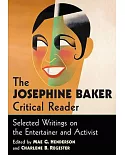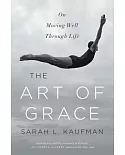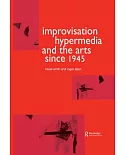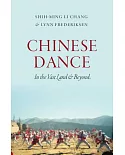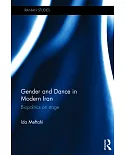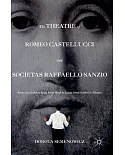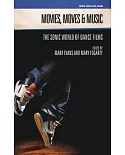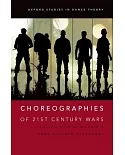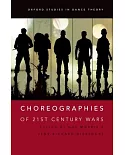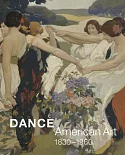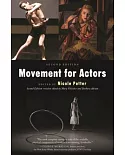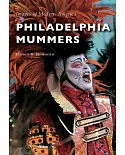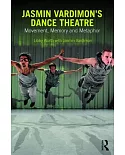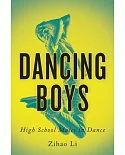A Pickpockets History of Argentine Tango explores the rise of Tango in Argentina: its social and political climate, its characters, music, dance, song and poetry. Many fine books have been
written on how to dance Tango. This is not one of those. This is a history book whose protagonist is Tango. The Author brings a unique perspective to his reader with a Ph.D. in International
Relations and extensive knowledge of world politics and Argentine culture. His incisive acumen as a psychotherapist provides a window into the soul of the Tango world. The psychology of the
Tango is found in the poetry of its lyrics: a direct link with the hopes, fears, frustrations, and illusions of their time. 璽??The dance when deeply engaged, revealed the human condition: the
solitude of all human beings, the ephemeral nature of modern relations and the need for relationship. We are all exiles, refugees from life, uprooted by immigration....Tango was an escape in
order to bear the lot of life. The music was a reflection of existence. People were thrilled to hear the sounds of Tango music, and recognize their favorite composers, delighting in the
orchestras who gave meaning to their emotions. People were moved to move.璽?? All the cultures of the world have their own music and dance. Things that could not be said in words were expressed
in music and song. Tango is the same, but with one important difference: the people who created the Tango were from the four corners of the world and had nothing in common except this dance,
this poetry, this music. This book explores Tango as a social phenomenon, born in Buenos Aires and spread worldwide. 璽??They were Italians and Spaniards, Britons and Jews, poor peasants from
Germany, Russia and Poland. Yet in the midst of this life of despair and danger, these men did not fight to the death; they fought for respect. Competition was fierce, but the men devised a
method of selection. Dance. Tango, they called it...璽??


